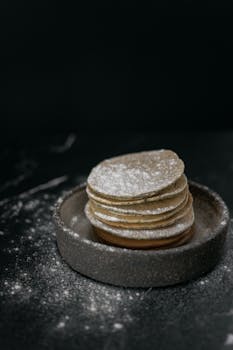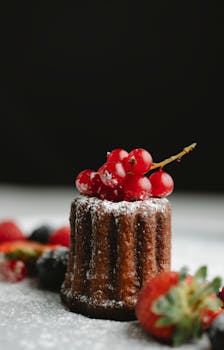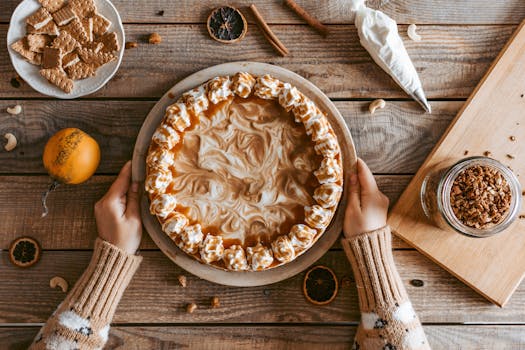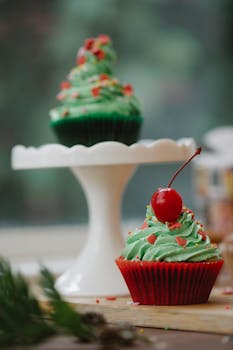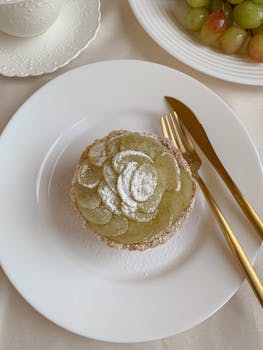Benefits
Culinary Versatility
Ease of Use
Decorative Appeal
Smooth Texture in Food Preparation
Get creative with powdered sugar
Creating a homemade fondant for cake decorating by combining powdered sugar with marshmallows and water for a pliable, sweet covering
Crafting edible glitter by mixing powdered sugar with food coloring and baking it slightly to sprinkle over desserts
Making a quick icing for cookies by stirring together powdered sugar, milk, and vanilla extract for a smooth, glossy finish
Invent a sugar scrub by blending powdered sugar with coconut oil and essential oils for a sweet, exfoliating body treatment
Designing homemade snow globe cupcakes by dusting powdered sugar over marshmallow-topped treats for a wintry, festive look
Something you can make with powdered sugar
Origin
Powdered sugar, also known as confectioners' sugar or icing sugar, has a long history that dates back to ancient times. The exact origin of powdered sugar is not well-documented, but it is believed to have originated in India or Persia (modern-day Iran).\n\nIn ancient times, sugar was a luxury item and was processed in solid form. However, it was not until the 16th century that powdered sugar became popular in Europe. During this time, sugar was refined in large quantities in European sugar mills, and the process of grinding the sugar crystals into a fine powder was developed.\n\nThe technique of making powdered sugar involves grinding granulated sugar into a fine powder and then adding a small amount of cornstarch to prevent clumping. This process creates a smooth and powdery texture that is ideal for making icings, frostings, and dusting desserts.\n\nToday, powdered sugar is widely used in baking and confectionery industries around the world. It is made from
